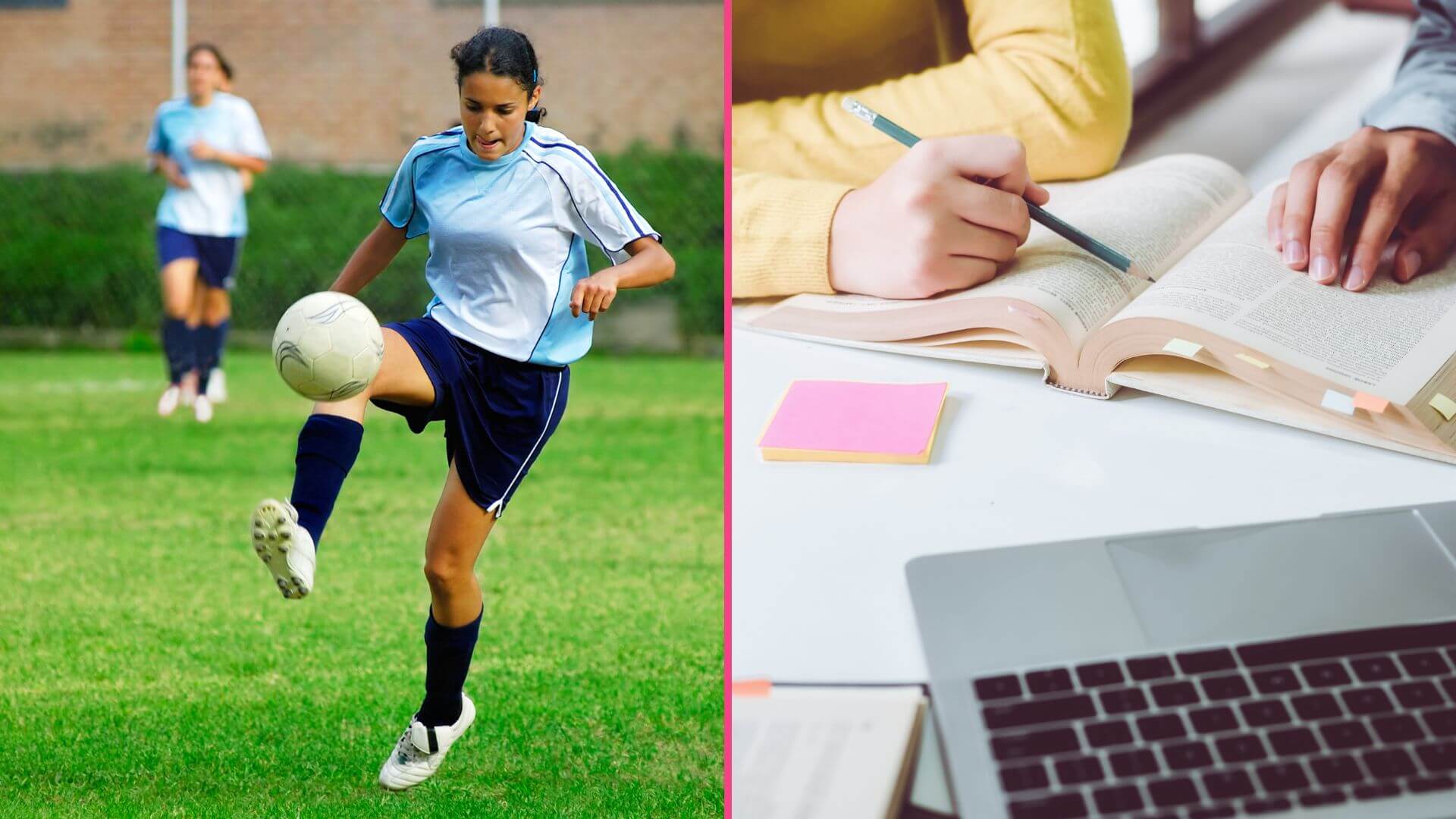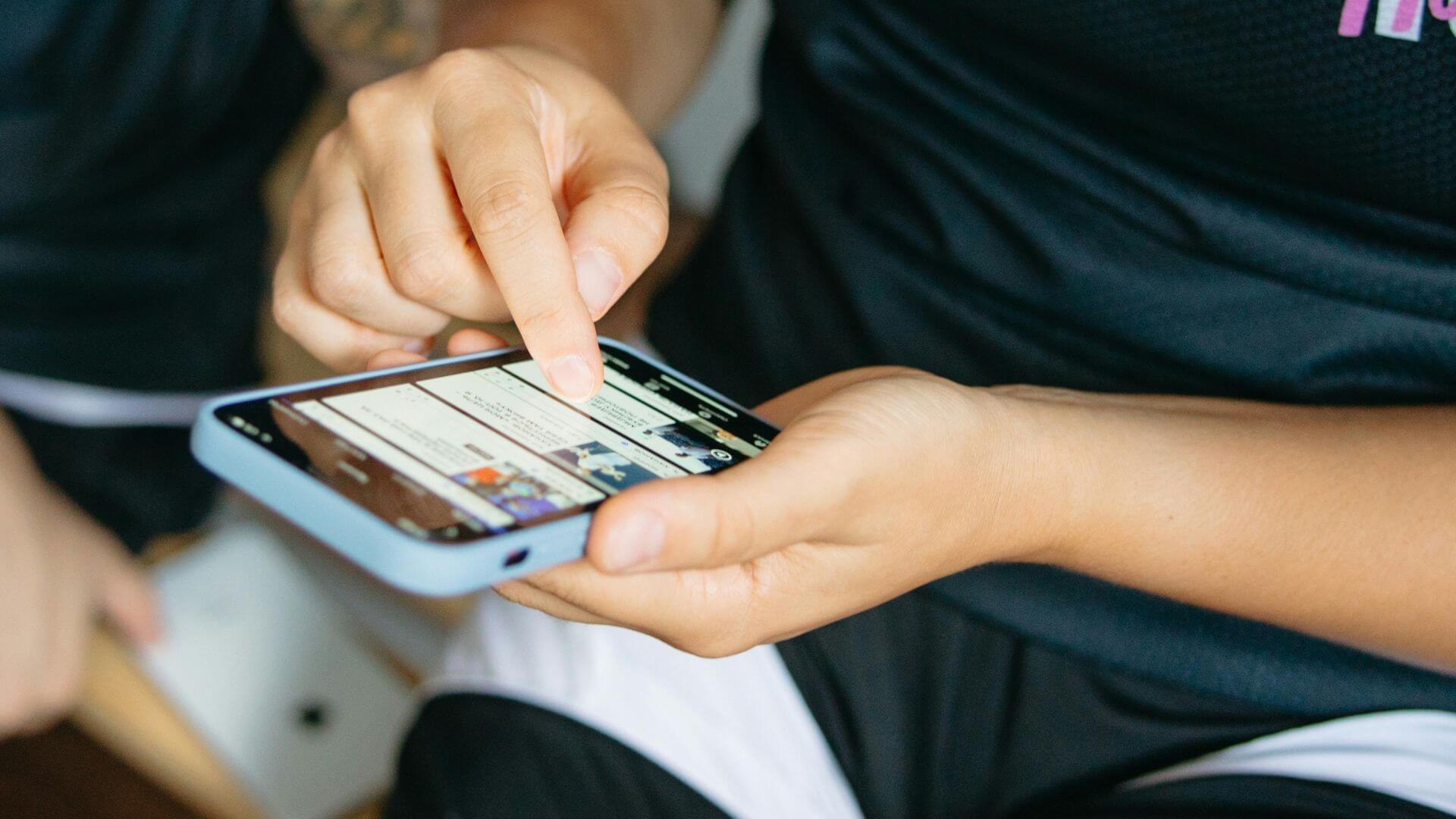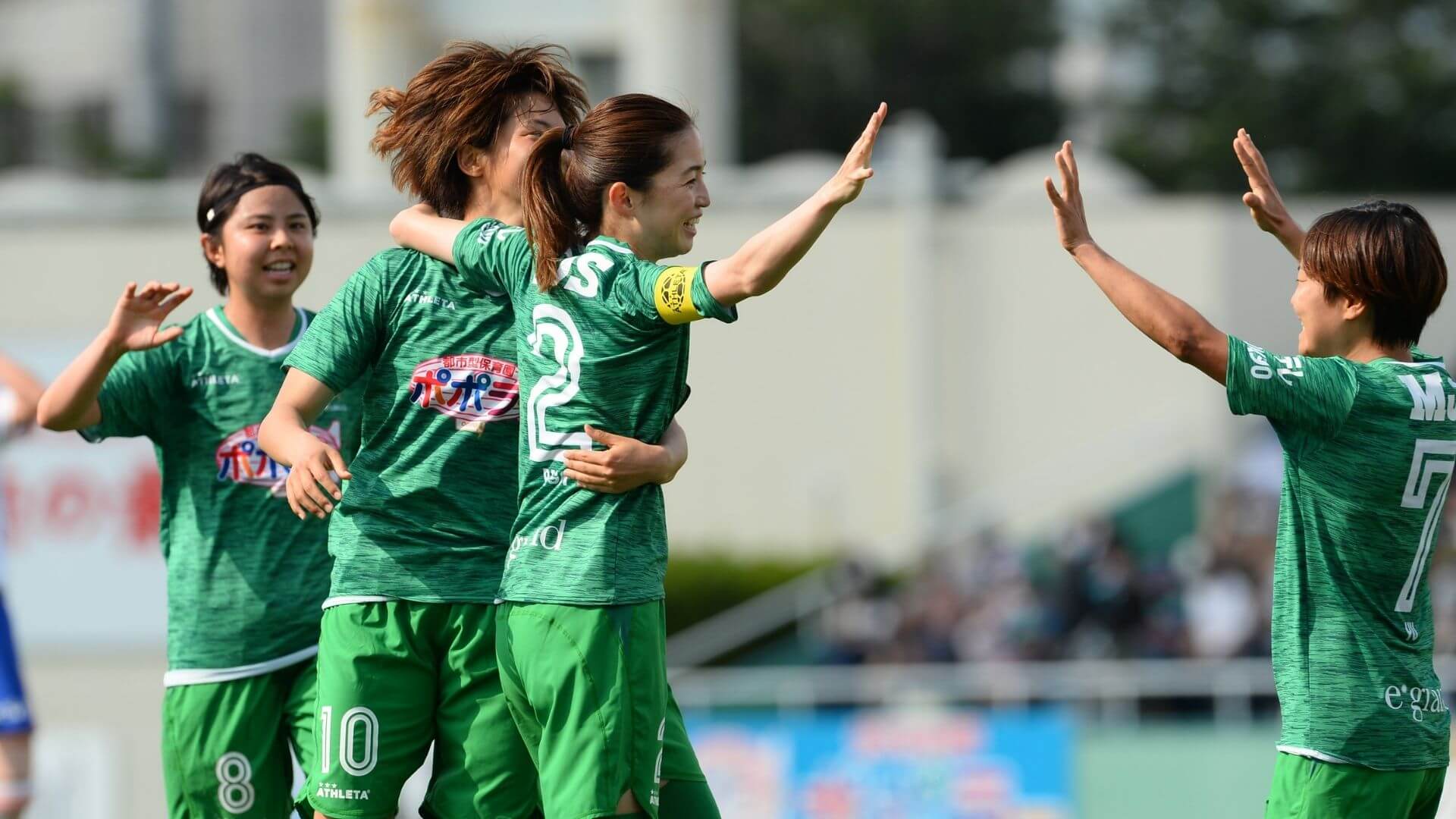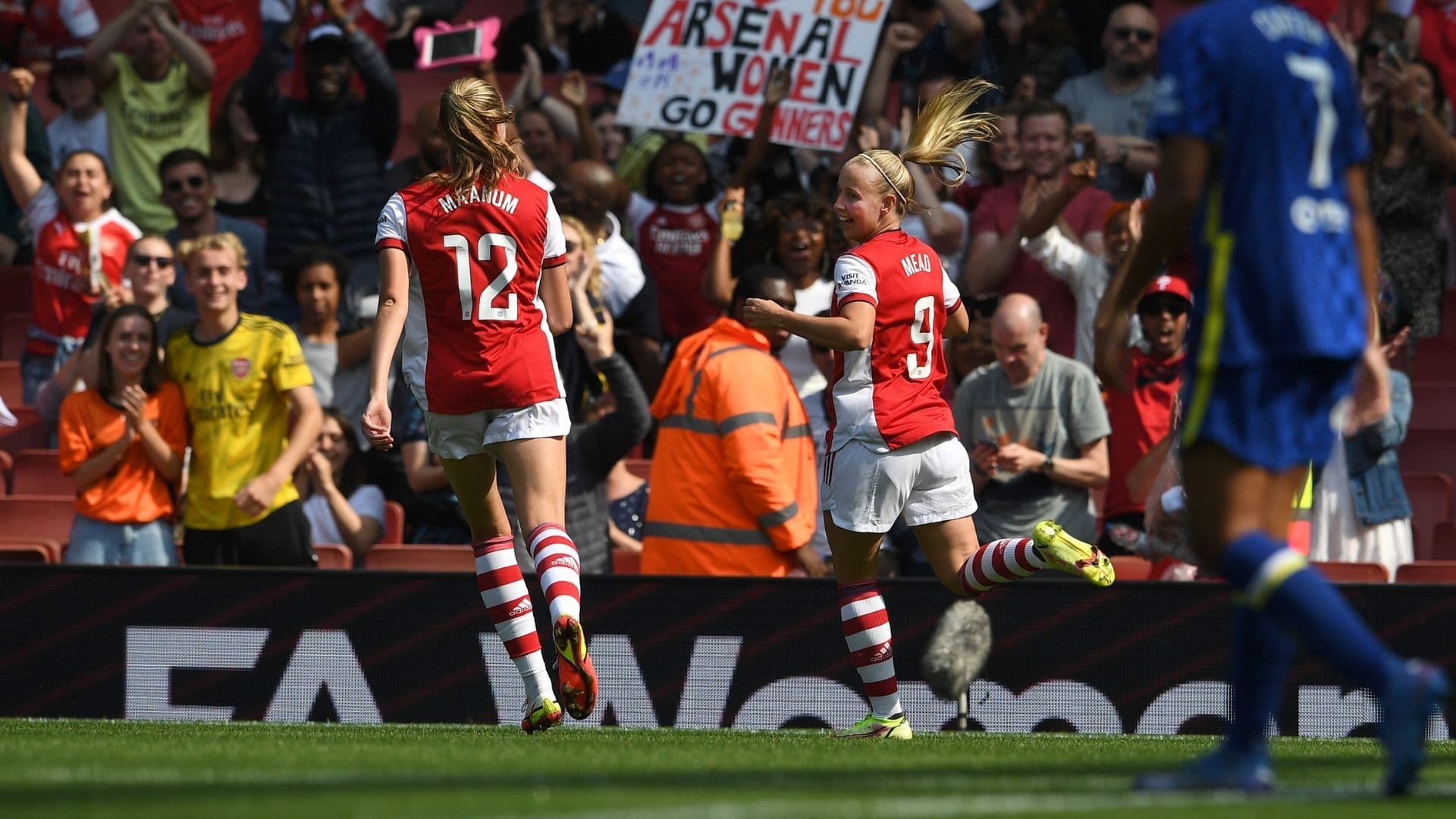Girls Development Academy vs. High School Soccer
“DA Clubs may not permit any full-time Academy Player to participate on a non-DA team during the Academy Season. The only permissible soccer-related reasons to miss Development Academy activities is National Team duty and YNT Identification Center participation.” (Section III, Article F.1)
Dun dun dun. It’s the clause that has caused seismic shifts and some volcanic eruptions in the youth soccer world. The kick-off of the Girls’ Development Academy (DA) in the Fall of 2017 came with the beginning of a national conversation surrounding what road was “right” for hundreds of thousands of elite female soccer players. It has forced us in this sport to contemplate the answers to some important questions regarding the development, health, wellness, and dreams of young competitors.
We’re taking a look at some of the pros and cons of pursuing the Girls’ Development Academy path and forgoing playing high school.
The Pros: Consistency
The Development Academy organizers put in a lot of work to craft a schedule from September to July that focuses on the right balance between high-quality training and meaningful games. The 4:1 training to game ratio the DA teams commit to is implemented for “optimal player development.”
The nine-month seasons guided by this principle mean DA players are in an environment that emphasizes consistent cadence of soccer and life. And the consistency of a team and coaching environment.
There is no doubt a lot of positives to be said for this.
Here’s a scenario. Center forward is the position in which you’ve worked hard to hone your skills as a club player. You return to a watered-down high school team and are forced to play center back. This puts the cultivation of your offensive prowess (movement, positional awareness, etc.) on a brief hiatus.
It’s not to say that a player would not be called to fill holes or try a new position at the DA level. But, there is an explicit focus on player development in the DA that does not exist in a three-month high school season.
The Pros: Injury & Burnout Management
The DA structure was also composed with player safety in mind. There is a clear intention to avoid jamming a bunch of games into the front or back end of a season, scheduling you might see, for example, in other club leagues.
The 4:1 ratio means individual players and teams get used to a soccer schedule that methodically crescendos towards practice and away from high-intensity games and cups.
It can be a shock to the system for many players going from a Girls’ Development Academy schedule to a high school one. High school season often means practicing five days a week and sometimes playing three games in five days. The risk of injury is always present in this sport. But because attention centers on development in DA and getting players to the next level, player safety is more consciously thought about in a long-term way.
The Cons: Not Having the Unique Camaraderie, Nuanced Support System Only High School Can Offer
Soccer girls are a special and weird breed, no matter the context. However, there is something to be said for the diverse group pulled together via high school soccer.
You’ve got the old haggard, wise seniors who have been through the wringer of all high school has to bring. Then there are the starry-eyed underclassmen who seem to always have too much sugar in their system. And let’s not forget the group that’s all in the same biology class. And a few that have survived a particularly hard teacher that others on the team are suffering through.
This group bolsters and builds each other up with a different, holistic approach. There’s a common understanding of the issues players face and navigate at a respective school. The support system you get with your high school team is made up of, yes, teammates, but your classmates as well.
The Cons: Not Playing For a Place, Community Bigger Than Yourself
In high school soccer, when you step off that bus, into that locker room, and onto that field, there’s a concrete sense that you are playing for something outside yourself.
There are always forces of individualism and personal fulfillment at play in competitive sports, no matter the environment. However, wearing your high school name on your chest comes with a greater sense of purpose and self. In high school sports, how you compete on the field, act on it, lose, and celebrate ultimately reflects on to a larger community.
It also means that you can step onto campus the day after a big win and maybe get congratulations from your science teacher or your friends who made signs for you the night before.
Arguably the most beautiful part of it all is how those memories, experiences, and relationships are contained in a specific space that lasts long after you get that diploma. So years down the line, you can come back to campus and find yourself back on the field that you did fitness tests, goofed around, and cried on. All with people you loved and maybe, more importantly, people that you hated but challenged you.
Conclusion
So, when all is said and done, is Girls’ Development Academy worth giving up playing high school soccer? *Drum roll*
Call it a cop-out, but my best advice for all the readers out there contemplating this is to do some intentional goal-setting. Maybe it’s writing. Or maybe it’s in the form of voice notes on your phone. You might want to make a crafty vision board. Whatever it is, make it clear and make it tangible.
Take the time to really ask yourself what is that you want out of this soccer experience. When is soccer the most fun, the most fulfilling to you? What memories do you want to make? Is playing against the best of the best in a highly competitive environment important to you? Or is repping your school important to you? Do you want to play at the next level, and what does that look like? Is it a D1 scholarship at a reputable conference? Is it D3?
It’s not exactly the skies parting and angels-start-singing sort of answer you might have hoped for. But through taking the time and examining your goals, you’ll get to the bottom of “why” you’re playing.
_
GIRLS SOCCER NETWORK: YOUR SOURCE FOR GIRLS SOCCER NEWS













